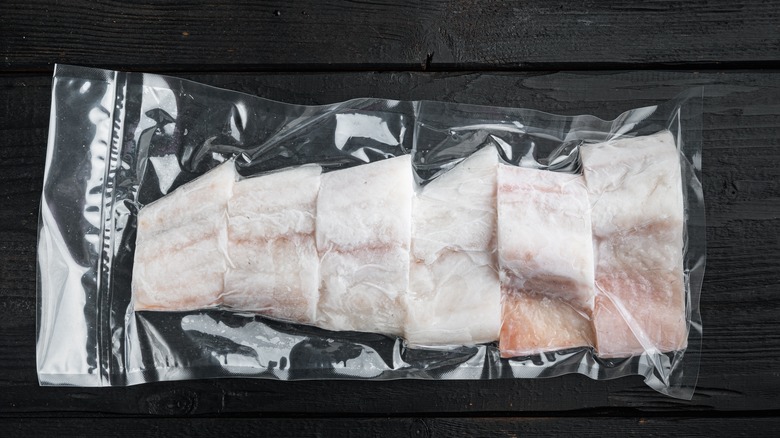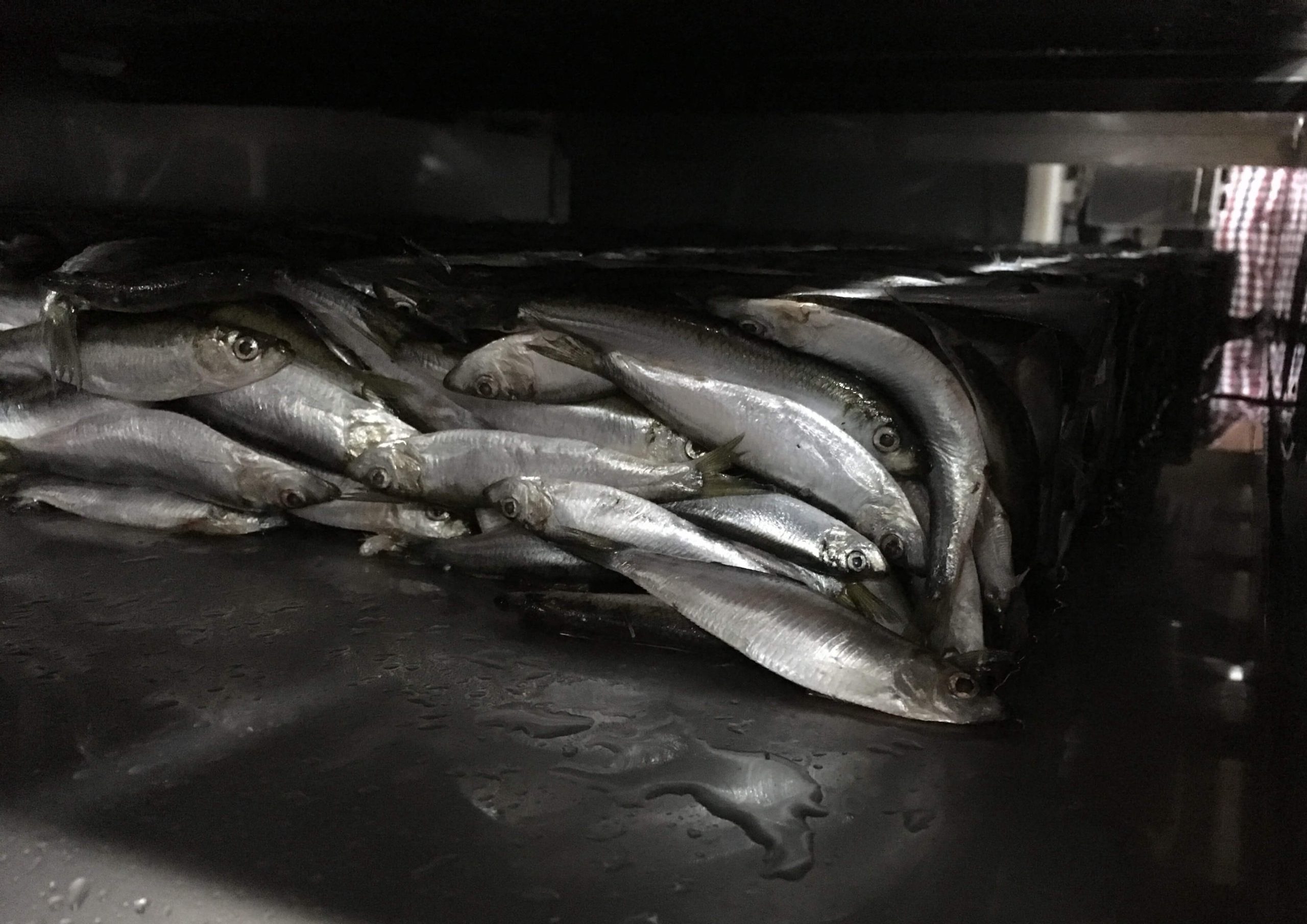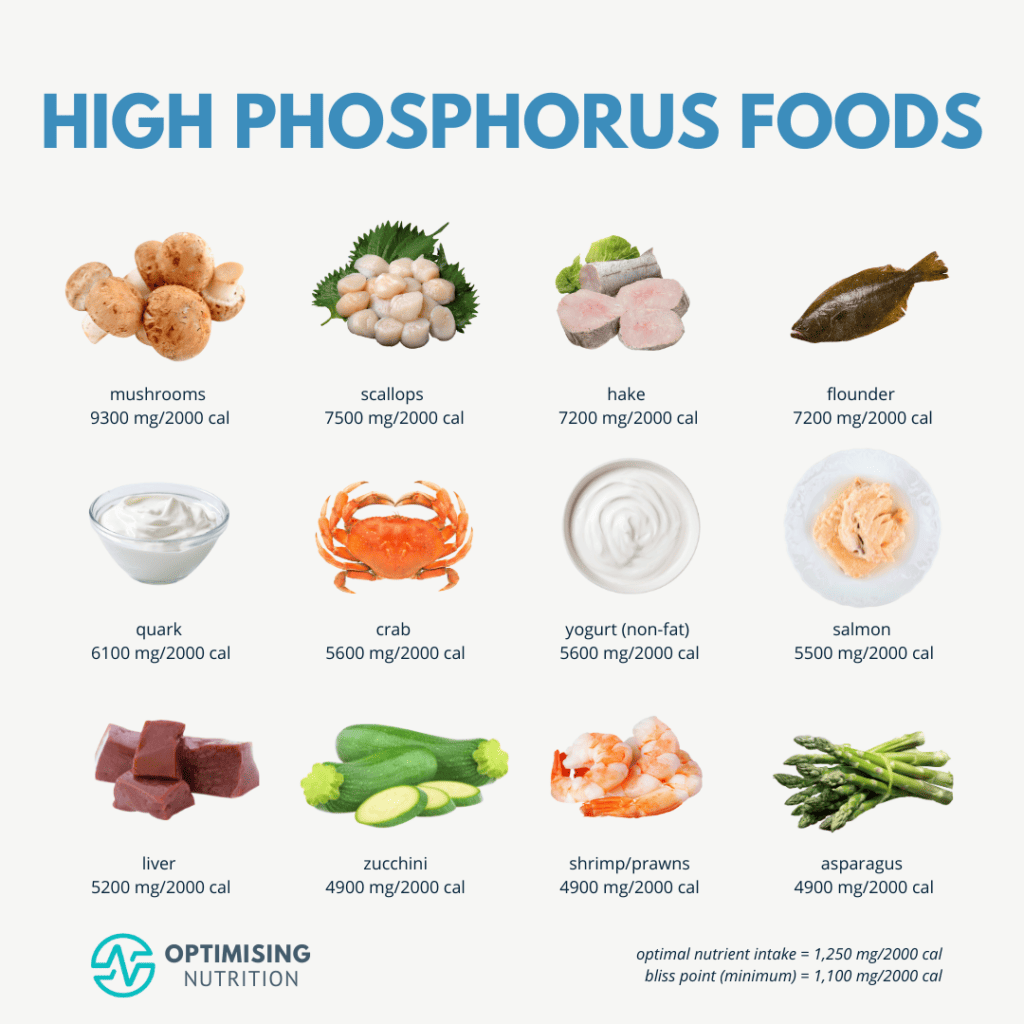Are All Frozen Fish Injected With Phosphares
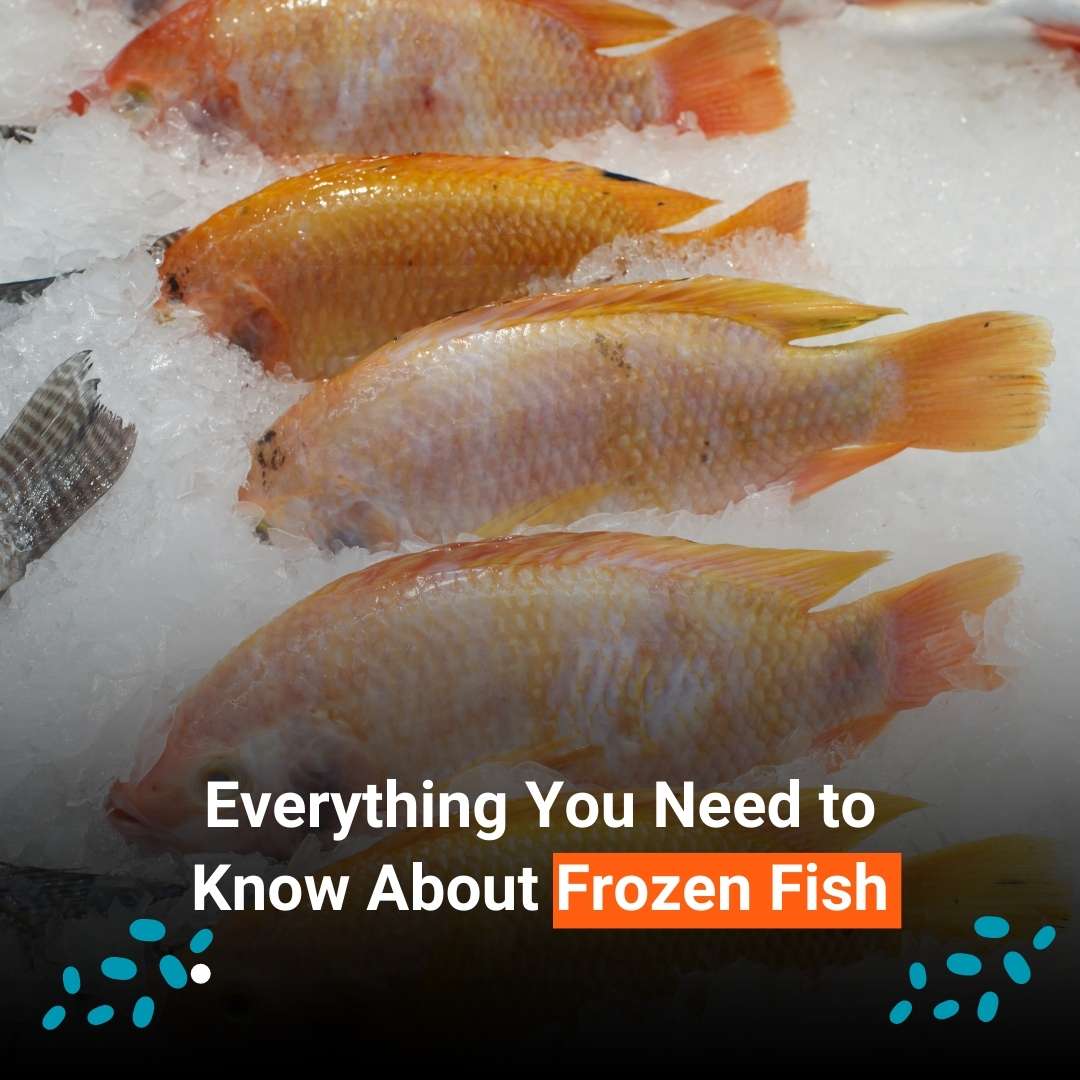
Imagine strolling through the vibrant seafood section of your local supermarket. Gleaming fillets of salmon, cod, and tilapia, nestled in beds of ice, promise a healthy and convenient meal. But a nagging question lingers in the back of your mind: are these pristine-looking fish truly as natural as they appear, or are they hiding a secret – a phosphate injection designed to plump them up and retain more water?
This article delves into the widespread claim that all frozen fish are injected with phosphates. While the practice of using phosphates in seafood processing is real, the assertion that all frozen fish undergo this treatment is a gross oversimplification. The truth is far more nuanced, varying by species, processing methods, and regional regulations.
The Role of Phosphates in Seafood Processing
Phosphates, a group of salts containing phosphorus and oxygen, are commonly used in the food industry for various purposes. They act as preservatives, stabilizers, and pH adjusters. In seafood processing, phosphates are primarily used to enhance water retention, improve texture, and prevent discoloration, improving the final product.
The addition of phosphates can indeed lead to a plumper appearance and increased weight in frozen fish. This is because phosphates bind to water molecules, preventing them from escaping during freezing and thawing. This can benefit the consumer with better texture and less water loss during cooking.
Why Are Phosphates Used?
Seafood, especially after being caught and frozen, naturally loses moisture. This can result in a dry, tough texture when cooked. Phosphates help mitigate this issue by reducing the amount of water that escapes during the freezing and thawing process.
Phosphates also play a role in preserving the color of the fish. They can help prevent oxidation, which can lead to discoloration and a less appealing appearance. This is particularly important for species like salmon, where color is a key indicator of freshness.
Furthermore, phosphates can improve the overall texture of frozen fish, making it more tender and palatable. This is especially beneficial for species that tend to become tough when frozen.
The Reality: Not All Fish Are Injected
Despite the widespread use of phosphates, it is inaccurate to state that all frozen fish are injected with them. The practice is more common in some species and processing methods than others. Regulations also vary across different countries and regions, affecting the extent to which phosphates are used.
For example, some processors may choose not to use phosphates at all, particularly if they are working with very fresh, high-quality fish. Others may use only small amounts of phosphates to achieve the desired effect without significantly altering the weight or composition of the fish.
Furthermore, certain species of fish are less likely to be treated with phosphates than others. This could be due to their natural water-holding capacity or the way they are processed. Checking the packaging for ingredients is always important.
Regulations and Labeling
Regulations regarding the use of phosphates in seafood vary widely across the globe. In some regions, there are strict limits on the amount of phosphates that can be added to fish. There are also regulations requiring clear labeling to inform consumers about the presence of phosphates.
In the United States, the Food and Drug Administration (FDA) regulates the use of phosphates in food. While there are no specific limits on the amount of phosphates that can be added to seafood, the FDA requires that all ingredients, including phosphates, be listed on the product label. This allows consumers to make informed choices about the products they purchase.
The European Union also has regulations regarding the use of phosphates in food. The European Food Safety Authority (EFSA) has conducted several risk assessments on phosphates and has set limits on their use in certain food products. EU regulations also require labeling of phosphates in food products.
Consumer Concerns and Considerations
Some consumers have concerns about the use of phosphates in seafood. One common concern is that phosphates can increase the weight of the fish, effectively "cheating" consumers by selling them water at the price of fish.
Another concern is that excessive phosphate consumption may have negative health effects. While phosphates are essential nutrients, high levels of phosphate intake have been linked to kidney problems and other health issues in some individuals. It is important to note that this is generally only a concern for people with pre-existing health conditions.
Consumers who are concerned about the use of phosphates in seafood can take several steps to minimize their exposure. Read product labels carefully to check for the presence of phosphates. Look for fish that is labeled as "phosphate-free" or "naturally processed." Choose fresh fish over frozen fish when possible, as fresh fish is less likely to have been treated with phosphates.
The Bigger Picture: Sustainable Seafood Choices
Beyond the phosphate debate, it's important to consider the broader issue of sustainable seafood. Making informed choices about the fish we eat can have a positive impact on the health of our oceans and the livelihoods of fishing communities.
Look for seafood that is certified by organizations like the Marine Stewardship Council (MSC) or the Aquaculture Stewardship Council (ASC). These certifications indicate that the fish has been harvested or farmed in a sustainable manner.
Consider diversifying your seafood choices. Instead of always choosing the same popular species, explore other less common but equally delicious and sustainable options. Resources like the Monterey Bay Aquarium's Seafood Watch program can help you make informed choices.
Choosing sustainable seafood is a way to support responsible fishing practices and ensure that future generations can enjoy the bounty of the ocean.
In conclusion, while the use of phosphates in frozen fish processing is a common practice, it is not universally applied. The claim that all frozen fish are injected with phosphates is an oversimplification. The extent to which phosphates are used varies by species, processing methods, and regional regulations.
Ultimately, informed consumers who read labels carefully, understand the role of phosphates in seafood processing, and prioritize sustainable seafood choices are best equipped to make healthy and responsible decisions. Knowledge is power.
By taking a proactive approach, we can enjoy the benefits of seafood while also supporting a healthy and sustainable ocean environment. It's about more than just what's on our plate; it's about the future of our planet.





/Fish-on-ice-GettyImages-171105638-587c40163df78c17b6db377e.jpg)

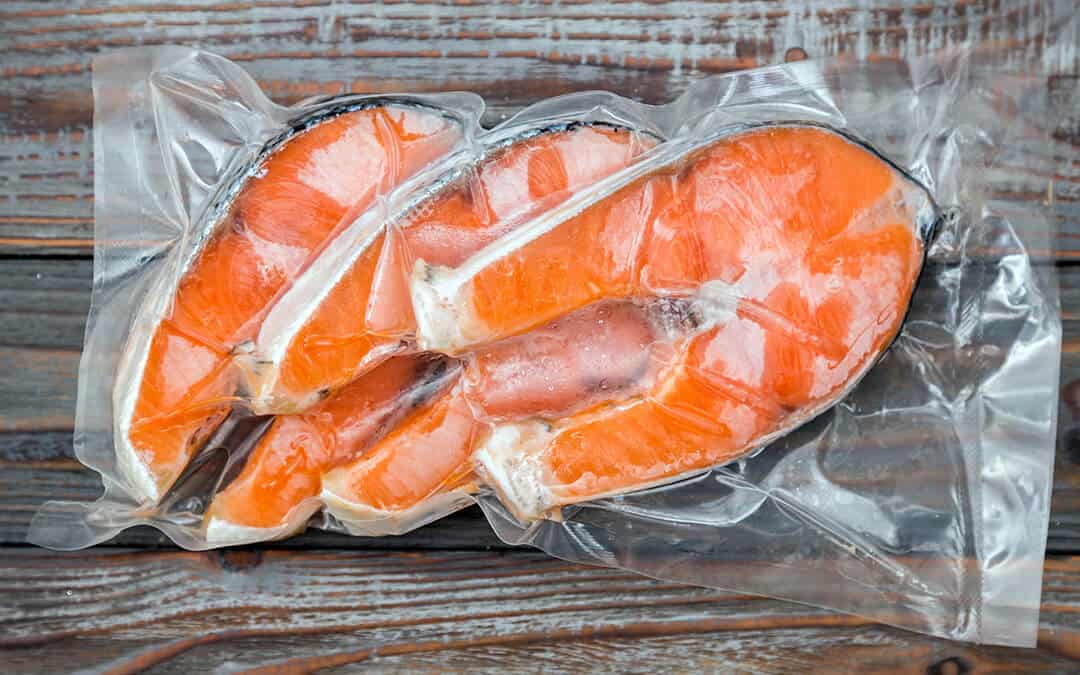


:max_bytes(150000):strip_icc()/GettyImages-1356578171-85898277560a42e4ae54b71c4b54e54d.jpg)

